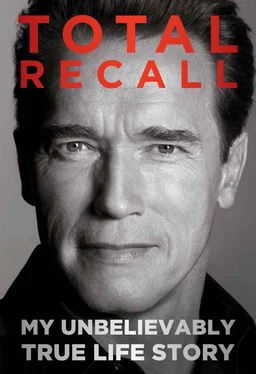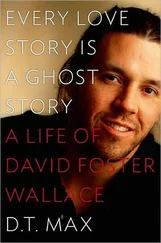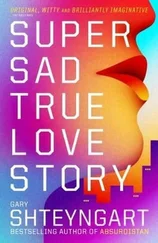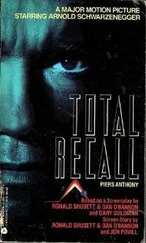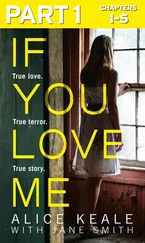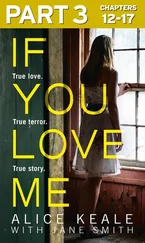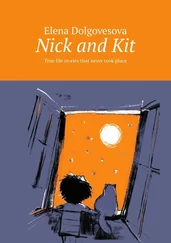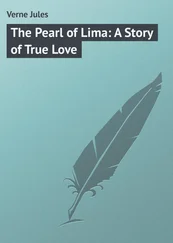As I got interested in this, I became friends with Danny Hernandez, an ex-marine who ran the Hollenbeck Youth Center in a poor, gang-infested part of LA. In Danny’s experience, summer vacations were always the toughest time for the kids; the time when they were most prone to become involved in crime, drugs and alcohol, and gangs. So in 1991 he developed the Inner-City Games—kind of like the Olympics—to give meaning and structure to the summer months. From June through August, kids from the different schools would train, and then on the last day of vacation they would compete.
Danny took me to see the center, which was the product of an unusual collaboration in the 1970s between local businesses and the LAPD. It had basketball courts, a weight room, and physical education classes, plus a computer room and computer classes and a place for doing homework. There was a beautiful boxing ring too, because this was East Los Angeles, a Latino area, and boxing is a big part of the culture. The idea, Danny explained, was to provide kids with a place to go and to give problem kids a second chance. Police stations in Hollenbeck and other East LA neighborhoods would often send kids to the center instead of to court. They’d tell the kid, “Just get off the street, go work out there after you’re through with school, do your homework there, there are computers there, there is a gym there, there’s boxing, so go!”
The Los Angeles riots in the spring of 1992 brought the need to keep kids out of trouble painfully to the fore. What triggered the violence was the acquittal of the LAPD officers who’d beaten an African-American motorist named Rodney King after he eluded a traffic stop. A video made at the scene indicated that police beat him severely despite the fact that he’d surrendered. Parts of LA went up in flames, dozens of people were killed, and there was rioting in other cities too. During the rioting, the Hollenbeck Youth Center served as a safe haven. I made a public service music video with Arsenio Hall, the actor and talk-show host, called “Chill,” which begged people to calm down.
In the aftermath, Danny and I stepped up our efforts to expand the Inner-City Games to involve more schools and more kids and to extend the program so it would be available year-round. By the time True Lies hit the theaters and topped the summer box office for action movies in 1994, the Inner-City Games were really catching on. We were now reaching thousands of kids, climaxing in nine days of finals for five thousand kids at the University of Southern California. We were expanding beyond sports, into art and essay contests, theater programs, dance competitions, and even programs for young entrepreneurs. Atlanta had launched its own Inner-City Games, and plans were in the works for Orlando, Miami, Chicago, and five other cities.
Working with these kids taught me a lot about myself. Until then I thought I was the poster boy for the American dream. I came to the United States virtually broke, worked hard, kept focused on my goal, and made it. This really was the land of opportunity, I thought. If a kid like me could do it, anybody could. Well, that wasn’t so.
Traveling to schools, I saw that it wasn’t enough to grow up with the United States as your address. In the inner cities, kids didn’t even dare to dream. The message they got was “Don’t bother. You’ll never make it. You’re a loser.”
I thought about what I had that those kids didn’t. I grew up poor too. But I had a fire inside of me to succeed and two parents who pushed me and taught me discipline. I had a strong public school education. I had after-school sports with coaches and training partners who were role models. I had mentors who told me, “You can do it, Arnold,” and then made me believe it. They were around me twenty-four hours a day, supporting me and making me grow.
But how many inner-city kids had those tools? How many learned the discipline and determination? How many got the encouragement that would let them even glimpse their self-worth?
Instead, they were told they were trapped. They could see that most of the adults around them were trapped. The schools were short of resources, the teachers were worn out and not always the best, and mentors were scarce. There were families in poverty and gangs all around.
I wanted them to feel their own drive, ambition, and hope, and get up to the same starting line. So it was never hard to work for these kids or to think of the right thing to say. “We love you,” I would tell them. “We care for you. You are great. You can make it. We believe in you, but the most important thing is that you believe in yourself. All these opportunities are out there waiting for you as long as you make the right decisions and have a dream. You can be anything you want to be. A teacher, a police officer, a doctor, you can do that. Or a basketball star or an actor. Or even the president. Anything is possible, but you have to do your end of the work. And we as grownups have to do ours.”
MAKING MONEY WAS NEVERmy only goal. But I always kept an eye on my earning power as a gauge of success, and money opened the door to interesting investments. True Lies and Junior were both hits in 1994, and that put my movie career back on track. I had plenty of work, and the money poured in: during the rest of the 1990s, almost $100 million from movie paychecks alone. Each year, I was collecting additional millions from videos, cable distribution, and broadcasts of my old films. Even my first film, Hercules in New York , was making money as a cult movie, although I didn’t get a cut. Tens of millions more came in from real estate, Planet Hollywood, books, and other business ventures.
Like many Hollywood stars, I also made money doing commercials in Asia and Europe. Making commercials in the United States would have undermined the Arnold image and the Arnold brand, but commercials by American celebrities had cachet abroad, especially in the Far East. The makers of products such as instant noodles, canned coffee, beer, and Vffuy, a Japanese vitamin drink, were willing to pay me as much as $5 million per ad. And the commercial was usually shot in one day. The deal always included a “secrecy clause” holding the advertiser responsible for not letting the commercial reach the West. That possibility no longer exists—shoot a commercial today, and it’s all over YouTube—but in the mid-1990s the internet was just an odd new idea.
As my business interests expanded, I knew that we’d eventually get into territory where I no longer had time to tend them all and where Ronda would be overwhelmed. She’d been taking business classes, true, but at heart she was an artist. That’s exactly what happened in 1996. She came to me and said, “This is so much money now, it’s beyond me. I don’t feel comfortable anymore.” I loved Ronda and was determined never to make her feel like she was being replaced. I promised that she could keep the work she was comfortable with and that, meanwhile, I’d get help with the bigger projects, where more and more money was at stake.
I always felt that the most important thing was not how much you make, but how much you invest, how much you keep. I never wanted to join the long list of famous entertainers and athletes who wiped out financially. It’s a staggering list, including Willie Nelson, Billy Joel, Zsa Zsa Gabor, Bjorn Borg, Dorothy Hamill, Michael Vick, and Mike Tyson. All those people had business managers; I remember Burt Reynolds and his manager showing up in Palm Springs each driving a Rolls-Royce. Then the money was gone. No matter what you do in life, you have to have a business mind and educate yourself about money. You can’t just delegate it to a manager and tell him, “Half has to stay locked in investments so that we can pay the taxes, and I’ll keep the other half.” My goal was to get rich and stay rich. I never wanted to have the phone call where the manager says, “Something went wrong with the investment. We can’t pay our taxes.” I wanted to know the details.
Читать дальше
